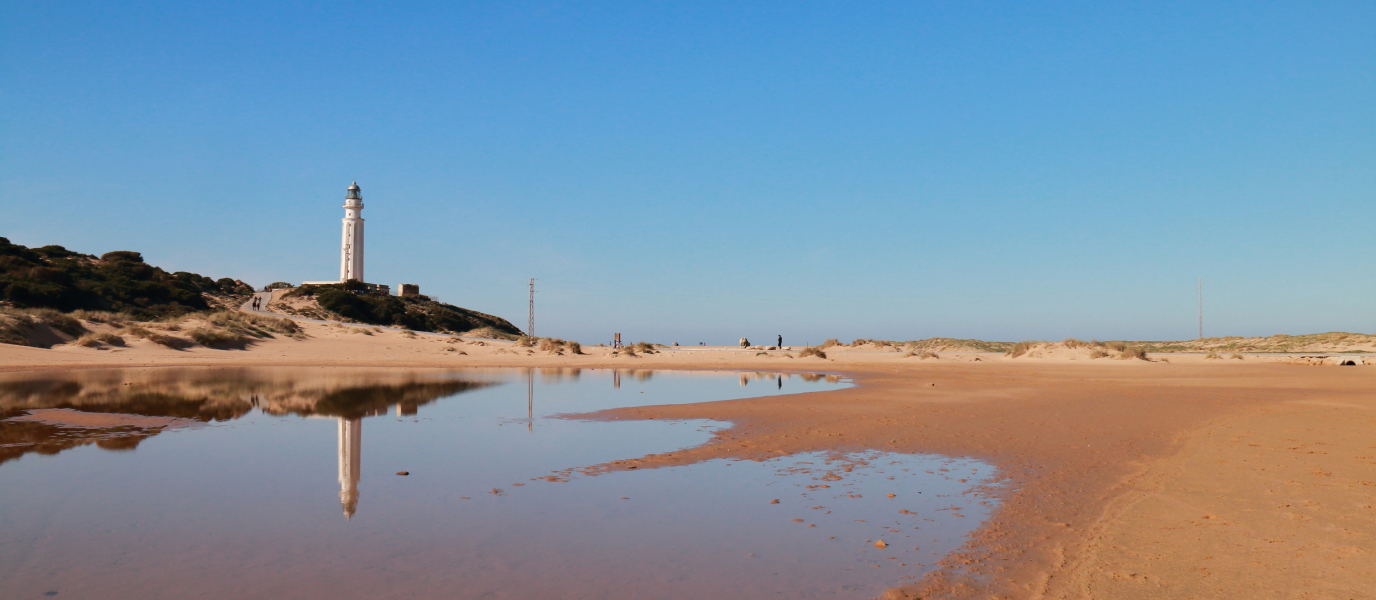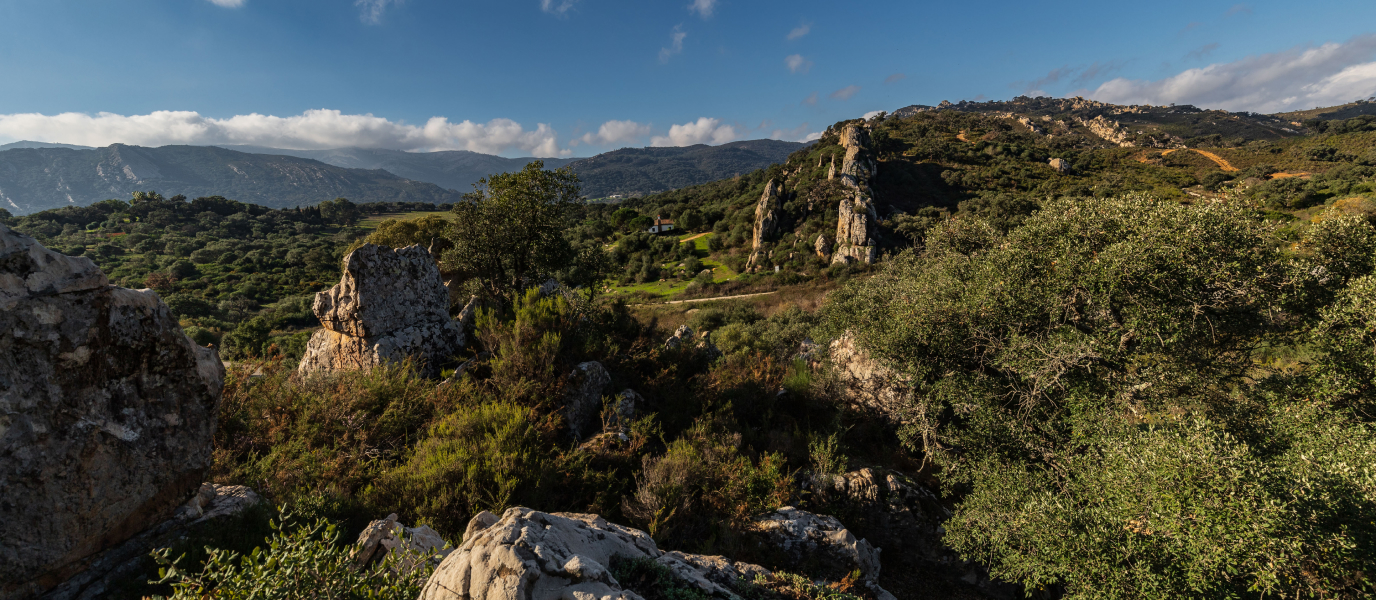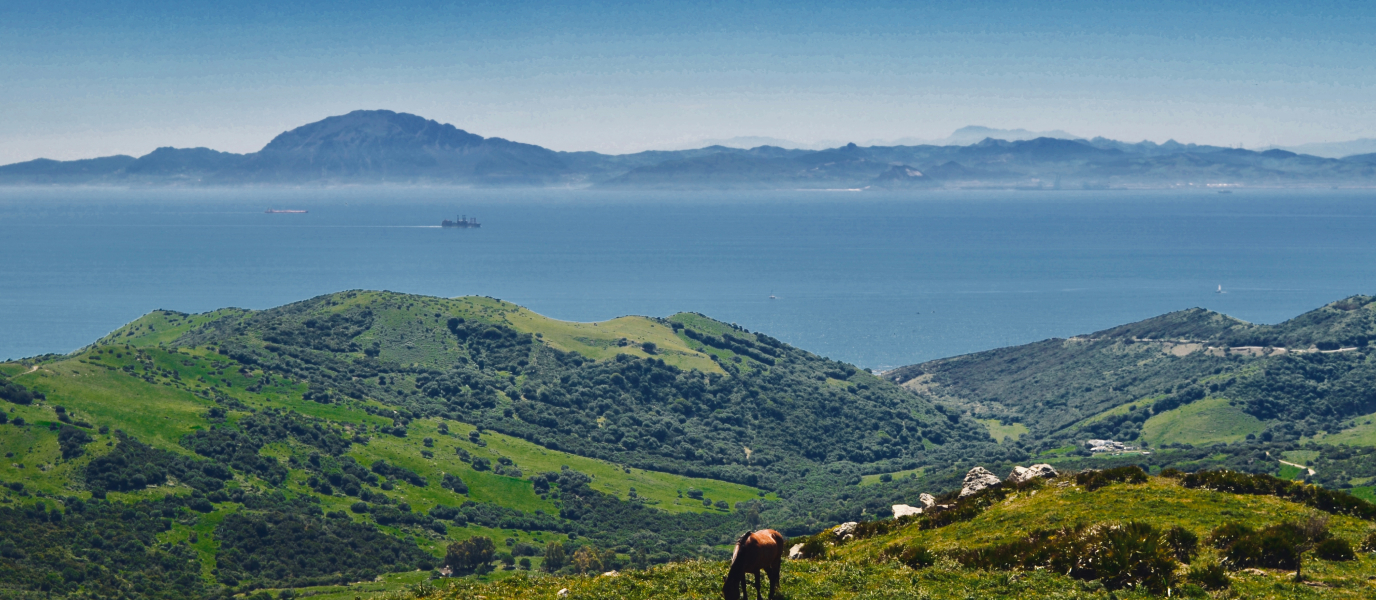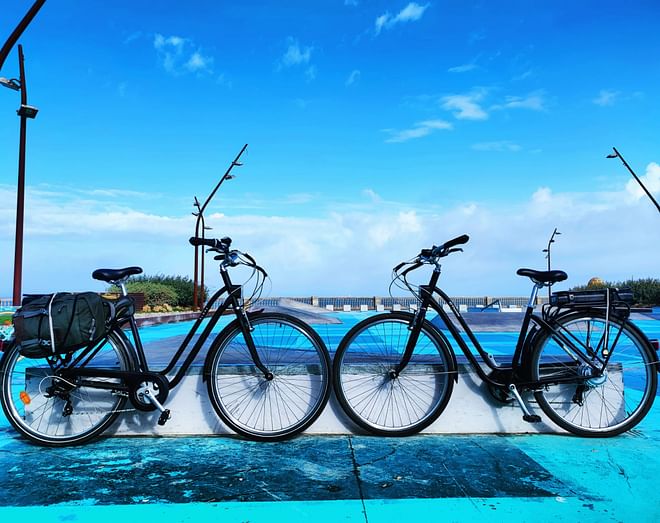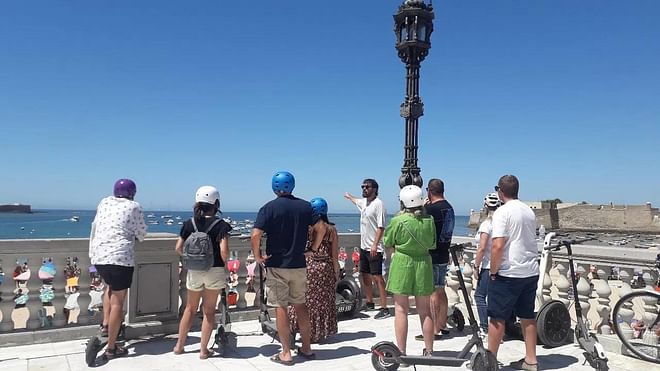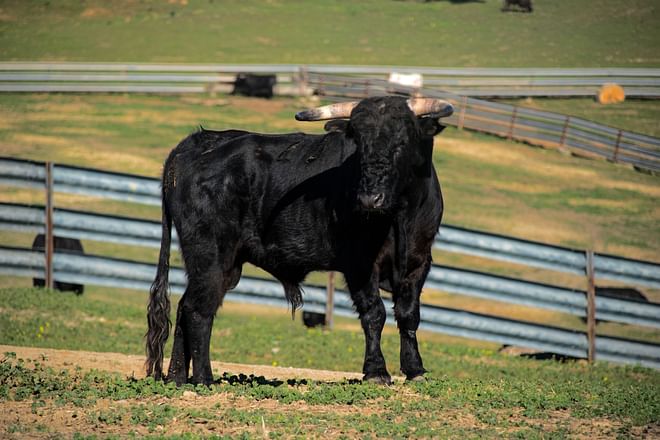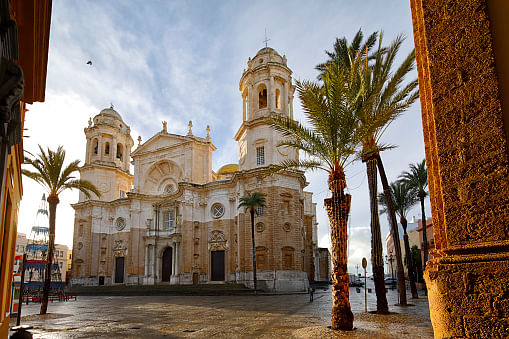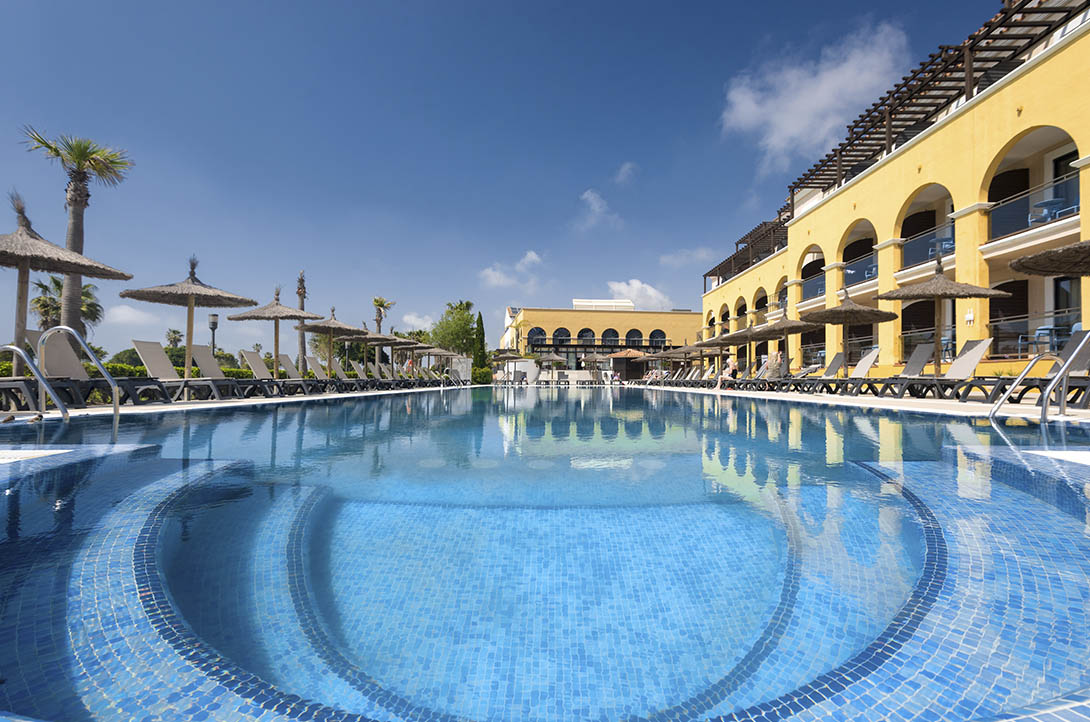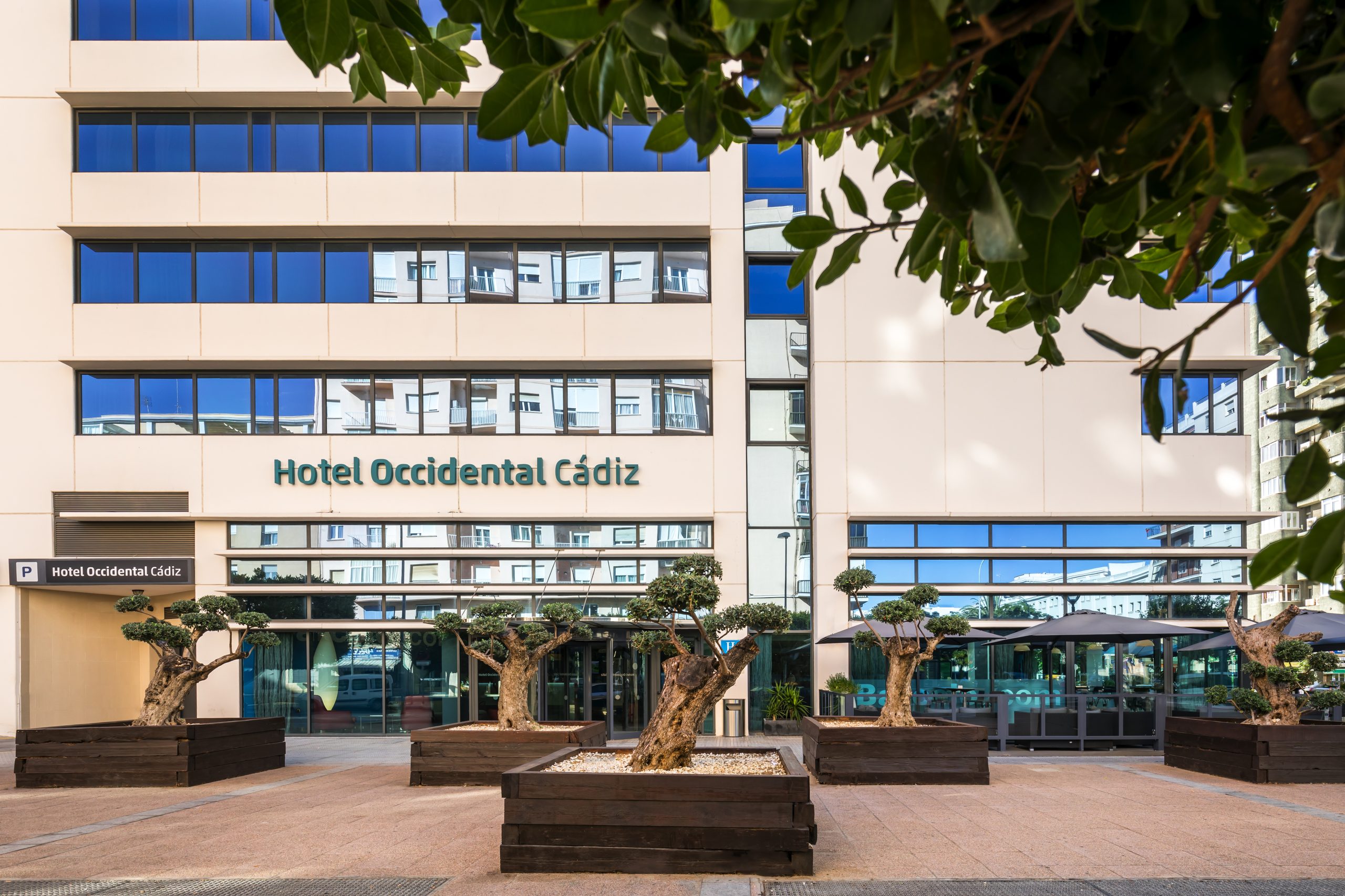The dream of Washington Irving, the American author who in the nineteenth century romanticised over a secret, poetic Andalusia in Tales of the Alhambra, comes to life in a region where time seems to have stood still: Sierra de Cádiz. Situated in the north of the eponymous province, it spans a horizontal strip beginning in Arcos de la Frontera, crossing the Grazalema Natural Park, all the way to the east, where it borders, almost without us realising, the Ronda mountain range, in the province of Málaga.
Likewise, the region is home to a natural environment with incredible ecological importance. The Sierra de Grazalema is known for its botanical diversity and above all for being the kingdom of an endemic fir tree species: abies pinsapo, the Spanish fir tree.
From there you can also begin the famous Route of the White Villages. A short break to the region could well be considered a ‘panoramic’ route by car through whitewashed villages with Moorish influence. It also offers much to see by foot with countless hiking routes, which, in their own right, are part of the best places to go hiking in Cádiz.
Towns and villages in Sierra de Cádiz: what to see on a short break
The towns and villages in the region of Sierra de Cádiz have one thing in common: their past as a frontier between the Christian and Muslim worlds, hence why many have names ending with de la Frontera (of the frontier). The context in which they emerged has therefore given them defining features, which are these days so charming: fortified towns perched on the top of mountains with whitewashed houses as is Moorish tradition. The Sierra de Cádiz is made up of 19 towns and villages, each as picturesque as the other.
Arcos de la Frontera
With almost 31,000 inhabitants, Arcos de la Frontera is the most important town in the area. Perched on the top of a steep ravine over the Guadalete river, legend has it that it was founded by a son of Noah, although it is more likely to have Ibero origin. In Moorish times, Arcos was just as it is today, with its maze of narrow whitewashed streets, which ascend all the way up to the castle.
The heart of the town is Plaza del Cabildo, which leads to the Peña Nueva viewpoint, from where you can admire impressive views of the basin of the Guadalete river, which, if viewed at sunset, is a sight to behold. On Plaza del Cabildo stands a nineteenth-century Moorish castle that was rebuilt by the Christians after the Reconquista. To one side is the church of Santa María de la Asunción, whose original building, built on the site of a Moorish mosque, dates from the thirteenth century and brings together various styles, such as late Gothic, Mudéjar and neo-Classical.
El Bosque
Just 27 kilometres to the east of Arcos is the town of El Bosque. With a population of around 2,100 people, it is the gateway to the Sierra de Grazalema Natural Park. The whiteness of its streets contrasts with the greenery of its surrounding environment. Located on a small riverbed in the middle of a large pine forest, you will also be able to see holm oaks, poplar trees and Gall oaks. The village is intersected by the Majaceite river, where people fish for trout, the area’s culinary speciality.
Ubrique
Right in the middle of the Sierra de Grazalema, lying at the bottom of a valley, is the town of Ubrique, which you may probably smell before catching sight of it. Said aroma is no less than the scent of leather. Known all over the world for its leather-making industry, the town’s streets are filled with workshops and shops selling bags and shoes of the highest quality. The beautiful and peaceful village is also known for being the birthplace of the now retired bullfighter Jesulín de Ubrique.
Grazalema
Situated in the centre of the Sierra de Grazalema Natural Park, this village with just 2,000 inhabitants is one of the most idyllic in the region. It dazzles with its impeccable whitewashed houses, its Moorish rooftops and windows with wrought iron bars, which are decorated with a colourful display of flowers in spring.
With a textile industry that once filled the village with riches, Grazalema is also the town with the highest rainfall in Spain. The weather conditions explain much of the structure of the village, from the stone pavements, designed as such so that the water can flow unhindered, the houses’ doors, the tiled roofs and the lampposts, making for a unique village, from which some of the best hiking routes in the area begin.
Zahara de la Sierra and Olvera
Perhaps the most spectacular stretch when exploring by car (or bicycle) through the region of Sierra de Cádiz is that which connects Grazalema with Zahara de la Sierra. The steep road passes through the port of Las Palomas, situated at an altitude of 1,331 metres and full of dramatic bends.
Equally impressive is the wild scenery of Zahara, surrounded by a dizzying fissure at the foot of the sierra. Declared a Historic and Artistic Site in 1983, the town brings together the best of a typical white village. Its many incredible spots, with tall palm trees, just beg to be explored, such as the climb to the keep of the twelfth-century castle. Said castle was taken by the Nasrid dynasty in 1481 in a night-time attack that led the Catholic Monarchs to launch the last phase of the Conquest of Granada.
Leaving the Grazalema Natural Park behind to the north-east, you will then reach Olvera, a former refuge for bandits and now a thriving town thanks to the boom in agricultural cooperatives, especially those producing olive oil. The town is also the starting point of a greenway that is very popular among touring cyclists.
Trails in Sierra de Cádiz
From an ecological point of view, the area of Sierra de Cádiz, in particular the Grazalema Natural Park, has two special features: it has the highest rainfall on the whole Iberian Peninsula, and it is home to the famous Spanish fir tree, a beautiful tree from the pine family that doesn’t grow anywhere else on the Iberian Peninsula. Both features are more than enough reason to do one of the area’s hiking trails.
To traverse the area’s beautiful trails, especially that of El Pinsapar, a permit is required that can be obtained free of charge from El Bosque visitors’ centre, but be sure to request it at least a week in advance in peak season.
El Pinsapar route
This 14-kilometre trail is one of the best known, stretching from Grazalema to Benamahoma and completed in around six hours. Signposts indicate the start of the trail next to the CA531 road, around 40 minutes from Grazalema by foot.
El Torreón route
With a height of 1,654 metres, El Torreón is the highest peak in Cádiz. The most popular route to the top is by means of a trail that begins 100 metres to the east of the km 40 milestone on the road between Grazalema (some 8 kilometres from the town) and Benamahoma. After 2.5 hours of walking, you will finally reach the summit. On a clear day you can see Gibraltar, the Sierra Nevada and even Morocco’s Rif mountains.
Salto del Cabrero trail
Outside of the Natural Park the most outstanding route is the Salto del Cabrero trail, which runs between Grazalema and Benaocaz, along the Boyar route and through the western portion of the Sierra del Endrinal. Around five hours are needed to complete the route, which starts with the Charcones trail in the upper part of the village of Grazalema towards the Port of Boyar. From there you need to switch to the Cabrero trail, which runs downhill. Along the trail, keep your eyes peeled for wild orchids, and should you be lucky enough to find one, the best thing to do is to take a good photo and leave the plant in its natural habitat.




































































